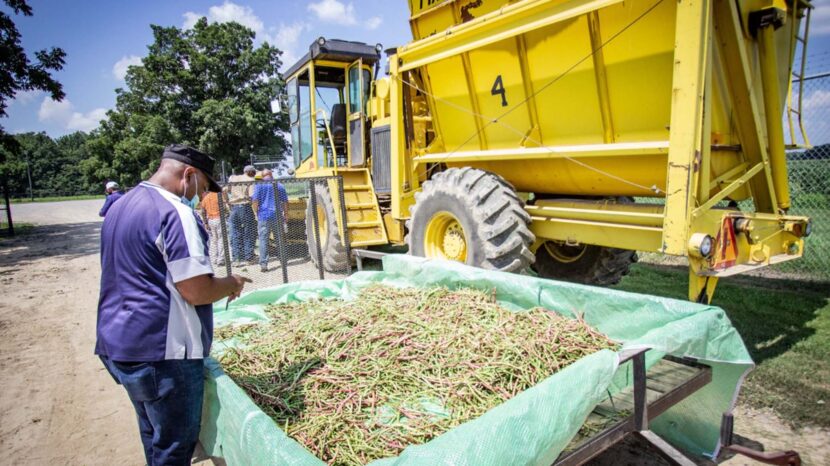California remains the primary supplier of fruits, nuts and one-third of vegetables consumed in the United States. But climate change is necessitating the need for the Mississippi Delta to save America’s food supply chain from California’s droughts, wildfires and extreme weather.
The effects of climate change on California impact not only what shoppers pay for food, but it also places a tremendous risk on the agriculture industry, which along with food and beverage sectors, stand to lose up to $17 billion in climate-related losses according to a report by CSP.
The Mississippi Delta good for food supply

It is not a stretch to propose the Mississippi Delta region as a viable place to grow our food, the region has a long and rich farming history. But farmers would need to shift from commodity row crops to specialty crops like berries. The region’s central location makes for shorter transportation routes and cut food loss. However, there are challenges to making the Delta a growing region in addition to California, like the region’s humid summers, the lack of infrastructure to pack and freeze produce and a labor force ready to harvest specialty crops. Spreading where our food is grown helps us minimize the risk of disruption, shortages, and price hikes when catastrophic weather events strike California.
A World Wildlife Fund report looks at potential in the Mid-Mississippi Delta to grow some fruit and vegetables currently supplied by California. The report finds that “the mid-Mississippi Delta River region is well-positioned to supplement fruit and vegetable production, contributing to a more distributed and climate-resilient good system.”
The Mississippi River is a lifeline for national and international commerce, generating roughly $1 billion a day and supporting 1.2 million jobs, so we can add it to the list of existing infrastructure that makes this region attractive.




